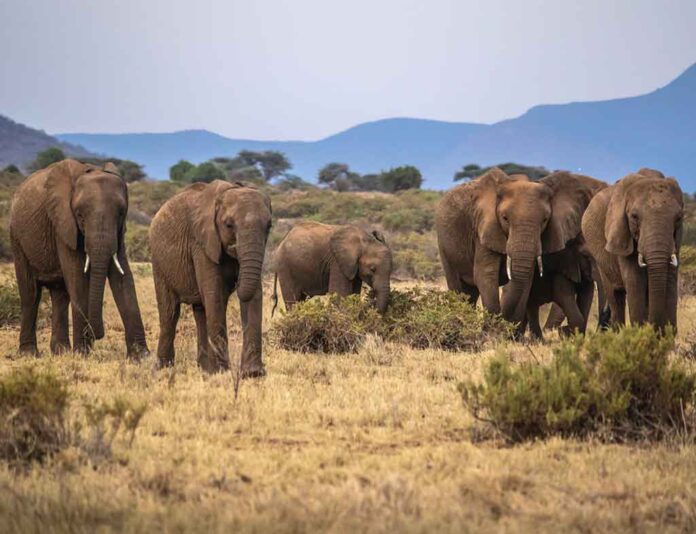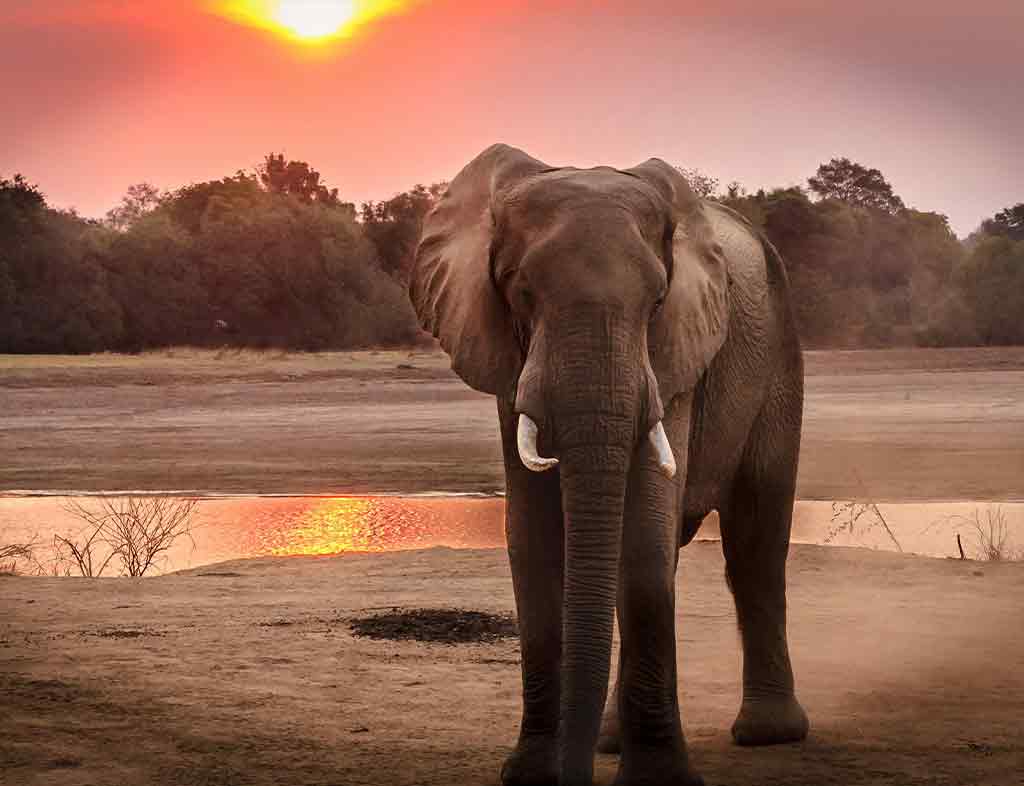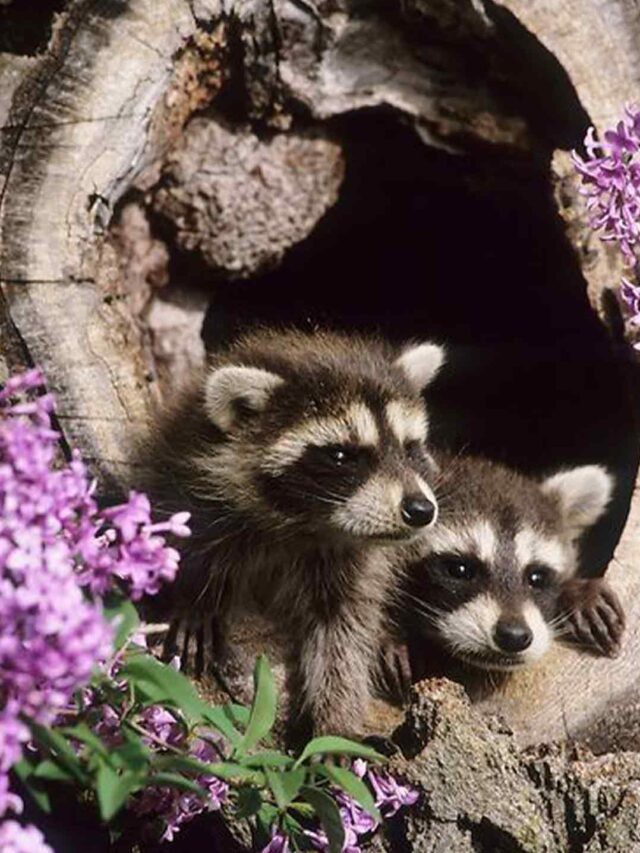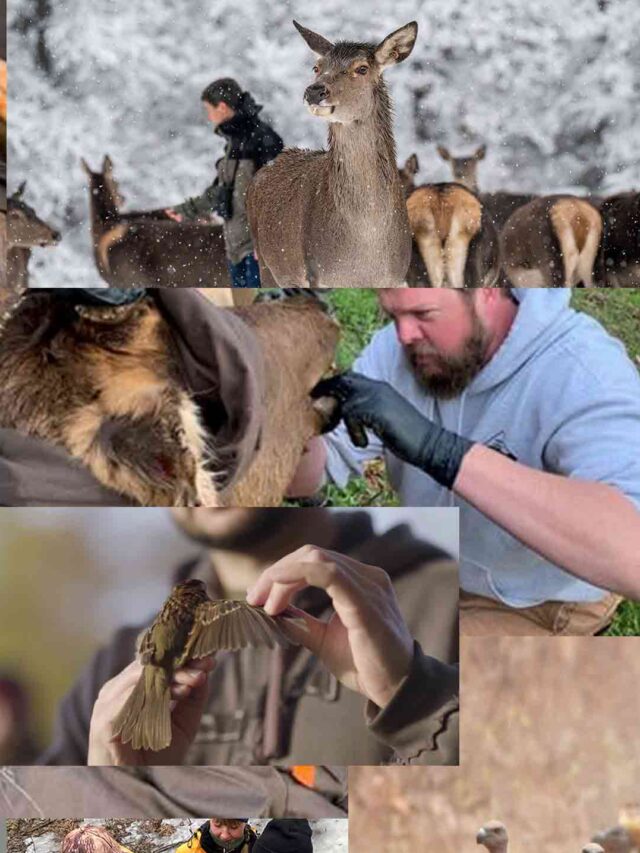
Table of Contents
Elephant, The Gentle Giants of the Land
Elephant, The Gentle Giants are among the most iconic and beloved animals on Earth, renowned for their intelligence, emotional depth, and social complexity. In this article, we explore the fascinating world of elephants, from their physical characteristics to their conservation status and cultural significance.
Elephants are the largest land mammals on Earth, belonging to the family Elephantidae and the order Proboscidea. They are characterized by their long trunks, tusks, and large ears. There are two main species of elephants: African elephants (Loxodonta africana) and Asian elephants (Elephas maximus).
• African Elephants: African elephants are the larger of the two species, with larger ears and tusks. They are found in various habitats across sub-Saharan Africa.
• Asian Elephants: Asian elephants are slightly smaller than their African counterparts and have smaller ears. They inhabit forests and grasslands in South and Southeast Asia.
Physical Characteristics
Elephant, The Gentle Giants have several distinctive physical features, including their long trunks, which they use for breathing, smelling, drinking, and grasping objects. They also have large, fan-shaped ears that help regulate their body temperature and tusks made of ivory, which are elongated incisor teeth.
Habitat and Distribution
Elephants inhabit a range of habitats, including savannas, forests, and grasslands. African elephants are found in various countries in sub-Saharan Africa, while Asian elephants are distributed across countries such as India, Sri Lanka, Thailand, and Indonesia.
Social Structure and Behaviour
Elephants are highly social animals that live in cohesive family groups led by a matriarch. They communicate through a variety of vocalizations, body language, and tactile signals. Elephants exhibit complex behaviours, including caring for injured or sick group members, playing, and engaging in social rituals.
Diet and Feeding Habits
Elephant, The Gentle Giants are herbivores with a primarily vegetarian diet. They feed on a variety of vegetation, including grasses, leaves, fruits, and bark. Elephants have specialized teeth and digestive systems adapted for processing tough plant material.
Reproduction and Life Cycle
Female elephants, known as cows, have a gestation period of about 22 months, the longest of any land mammal. They give birth to a single calf, which is cared for by the mother and other members of the herd. Calves stay with their mothers for several years before becoming independent.
Conservation Status
Elephants face numerous threats to their survival, including habitat loss, poaching for ivory and other body parts, human-elephant conflict, and captivity. Both African and Asian elephants are listed as endangered species by the International Union for Conservation of Nature (IUCN).
Threats to Elephant, The Gentle Giants
The main threats to elephants include habitat destruction due to human activities such as agriculture, logging, and urban development. Poaching for ivory and other body parts remains a significant threat, particularly in Africa, where elephant populations have declined dramatically in recent decades.
Conservation Efforts
Efforts to conserve elephants include the establishment of protected areas, anti-poaching initiatives, community-based conservation projects, and efforts to reduce human-elephant conflict. International agreements such as the Convention on International Trade in Endangered Species (CITES) aim to regulate the trade in elephant products and protect elephant populations.
Human-Elephant Conflict
Human-elephant conflict occurs when elephants come into conflict with human activities such as agriculture, leading to property damage, crop raiding, and sometimes human casualties. Efforts to mitigate human-elephant conflict include the use of deterrents such as fences, trenches, and early warning systems.
Cultural Significance
Elephants hold significant cultural and symbolic value in many societies around the world. They are revered as symbols of wisdom, strength, and good fortune in various cultures and religions, including Hinduism and Buddhism.
Elephant Tourism
Elephant tourism, including activities such as elephant rides and performances, has become increasingly controversial due to concerns about animal welfare and ethical issues. Responsible elephant tourism focuses on providing opportunities for visitors to observe elephants in natural settings without causing harm or stress to the animals.
Wildlife Rehabilitation in the United States
Elephant, The Gentle Giants

FAQs
1. How long do elephants live in the wild?
Elephants have a lifespan of 60 to 70 years in the wild, although some individuals may live longer in captivity.
2. Why are elephants important to ecosystems?
Elephants play a crucial role in their ecosystems as seed dispersers and ecosystem engineers, shaping their habitats through their feeding and movement patterns.
3. What are the main threats to elephant populations?
The main threats to elephants include habitat loss, poaching, human-elephant conflict, and captivity.
4. How many elephants are left in the wild?
It is estimated that there are around 415,000 African elephants and 50,000 to 60,000 Asian elephants left in the wild.
5. How can I help protect elephants?
You can help protect elephants by supporting conservation organizations, spreading awareness about the plight of elephants, and avoiding products made from ivory or other elephant parts.












